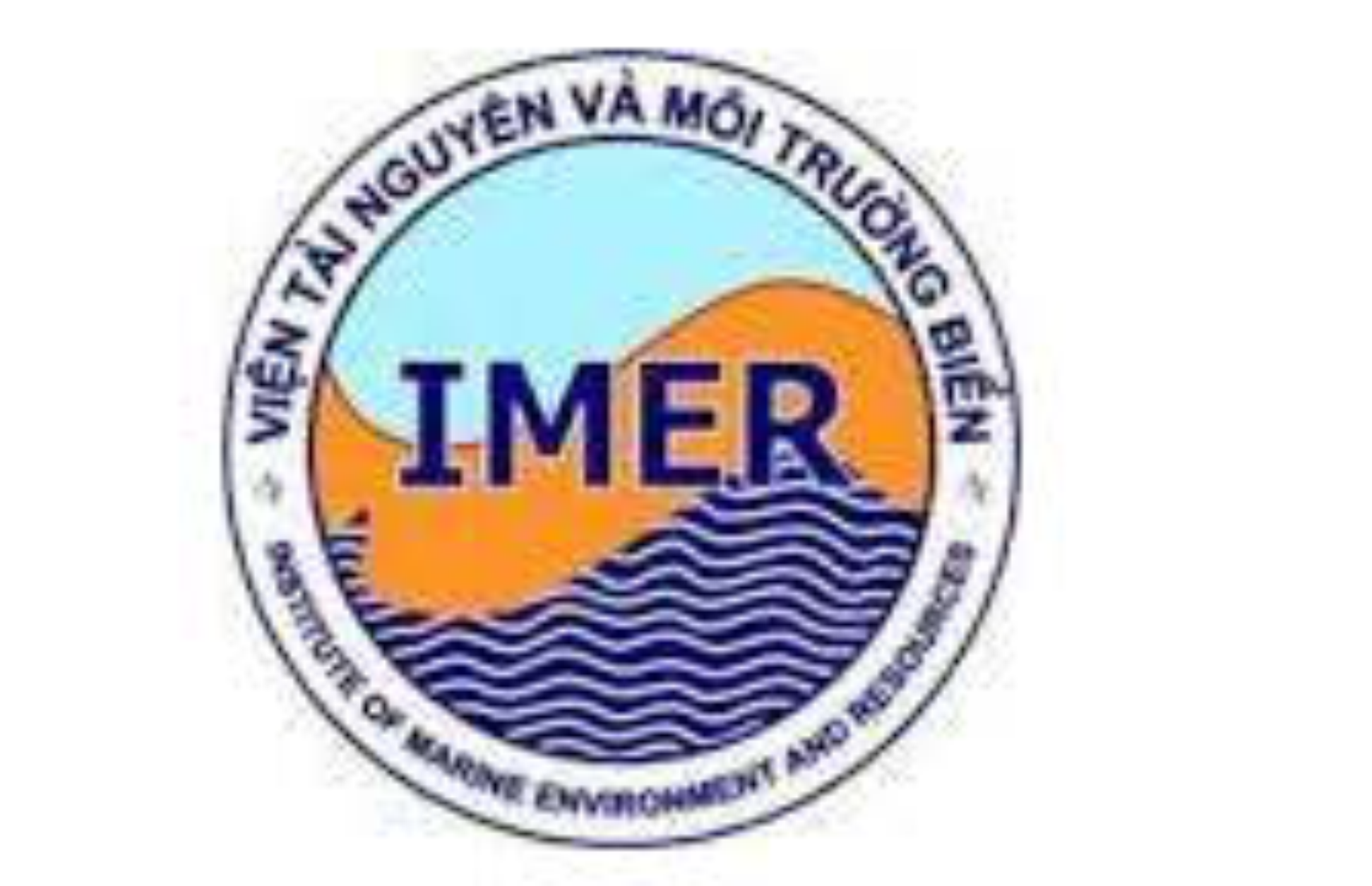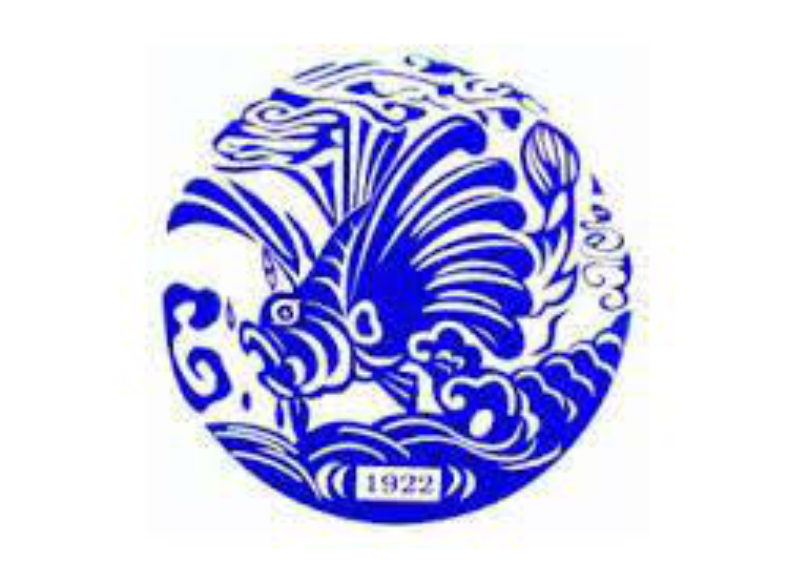Effect of fragment size on growth and survival rate of soft coral Sarcophyton sp.
Author affiliations
DOI:
https://doi.org/10.15625/1859-3097/18638Keywords:
Sarcophyton sp., fragmentation, self-attachment, specific growth rate, survival rate.Abstract
The Sarcophyton sp., are very strong and dominant in many coral reef areas. Sarcophyton species are characterized by a distinct sterile stalk, a broad, flared, smooth, mushroomshaped top, with a wide distribution and dominance in numerous coral reef areas extending from the Red Sea and eastern Africa to the western Pacific Ocean. They are cherished in marine aquariums for their diverse colors and adaptability, but their excessive exploitation has significantly impacted resources and disrupted the balance of the soft coral biome that inhabits coral reefs. The objective of the current study was to assess the impact of fragment size (0.5 × 0.5, 1.0 × 1.0, 1.5 × 1.5, 2.0 × 2.0 and 2.5 × 2.5 cm) on survival rate, growth rate and time of attachment of coral Sarcophyton sp. in a closed seawater system. Each treatment involved three replicates with 20 cuttings per replicate and the experimental period was 90 days. The experiment showed that the size of fragment did not influence the growth rate of oral disc diameter, pedal disk diameter and the time attachment of Sarcophyton sp. However, the size of fragment effect to survival rate, growth rate of height and weight of Sarcophyton sp. colonies. These findings collectively suggest that the initial coral fragment size of 1.5 cm was suitable in laboratory conditions.
Downloads
Metrics
References
Burke, L., Selig, E. S., and Spalding, M. M., 2002. Reefs at risk in Southeast Asia. World Resources Institute, Washington DC, USA.
Rhyne, A., Rotjan, R., Bruckner, A., and Tlusty, M., 2009. Crawling to collapse: ecologically unsound ornamental invertebrate fisheries. PLoS One, 4(12), e8413.
Wood, E., 2001. Global advances in conservation and management of marine ornamental resources. Aquarium Sciences and Conservation, 3(1), 65–77.
Harriott, V. J., 2003. Can corals be harvested sustainably?. AMBIO: A Journal of the Human Environment, 32(2), 130–133.
Bruckner, A. W., 2001. Tracking the trade in ornamental coral reef organisms: the importance of CITES and its limitations. Aquarium Sciences and Conservation, 3, 79–94.
Soong, K., and Chen, T. A., 2003. Coral transplantation: regeneration and growth of Acropora fragments in a nursery. Restoration Ecology, 11(1), 62–71.
Delbeek, J. C., 2001. Coral farming: past, present and future trends. Aquarium Sciences and Conservation, 3, 171–181.
Ellis, S., and Ellis, E., 2002. Recent advances in lagoon-based farming practices for eight species of commercially valuable hard and soft corals. Technical Report for Tropical and Subtropical Aquaculture Center, Centre for Tropical and Subtropical Aquaculture, Hawaii, USA, 147, 59 p.
Borneman, E. H., and Lowrie, J., 2001. Advances in captive husbandry and propagation: an easily utilized reef replenishment means from the private sector?. Bulletin of Marine Science, 69(2), 897–913.
Szmant, A. M., 1986. Reproductive ecology of Caribbean reef corals. Coral Reefs, 5, 43–53.
Olivotto, I., Planas, M., Simões, N., Holt, G. J., Avella, M. A., and Calado, R., 2011. Advances in breeding and rearing marine ornamentals. Journal of the World Aquaculture Society, 42(2), 135–166.
Sella, I., and Benayahu, Y., 2010. Rearing cuttings of the soft coral Sarcophyton glaucum (Octocorallia, Alcyonacea): Towards mass production in a closed seawater system. Aquaculture research, 41(12), 1748–1758.
Rocha, R. J., Calado, R., Cartaxana, P., Furtado, J., and Serôdio, J., 2013. Photobiology and growth of leather coral Sarcophyton cf. glaucum fragments stocked under low light in a recirculated system. Aquaculture, 414, 235–242.
Rocha, R. J., Pimentel, T., Serôdio, J., Rosa, R., and Calado, R., 2013. Comparative performance of light emitting plasma (LEP) and light emitting diode (LED) in ex situ aquaculture of scleractinian corals. Aquaculture, 402, 38–45.
Chaitanawisuti, N., and Kritsanapuntu, S., 2019. Asexual propagation of the soft corals Sinularia sp., Cladiella sp. and Sarcophyton sp. (Octocorallia: Alcyonacea) using different methods of attachment in a recirculating seawater system. Aquaculture Research, 50(8), 2047–2053.
Chang, T. C., Mayfield, A. B., and Fan, T. Y., 2020. Culture systems influence the physiological performance of the soft coral Sarcophyton glaucum. Scientific Reports, 10(1), 20200.
Fabricius, K. E., 1995. Slow population turnover in the soft coral genera Sinularia and Sarcophyton on mid-and outer-shelf reefs of the Great Barrier Reef. Marine Ecology Progress Series, 126, 145–152.
Harriott, V. J., and Fisk, D. A., 1988. Coral transplantation as a reef management option. In Proceedings of the 6th international coral reef symposium (Vol. 2, pp. 375–379).
Costa, A. P., Calado, R., Marques, B., Lillebø, A. I., Serôdio, J., Soares, A. M., Serrão, E. A., and Rocha, R. J., 2016. The effect of mixotrophy in the ex situ culture of the soft coral Sarcophyton cf. glaucum. Aquaculture, 452, 151–159.
Subhan, B., Saputra, D. A., Arafat, D., Madduppa, H., Ayu, I. P., Ervinia, A., Akbar, N., Soedharma, D., Revany, R., Lestari, D. F., Hidayat, S. A., and Wiyanto, D. B., 2022. In situ transplantation of soft coral Sarcophyton sp in concrete pool. In IOP Conference Series: Earth and Environmental Science (Vol. 1033, No. 1, pp. 012033). IOP Publishing.
Fernandes, C., Mendes, C., Moreira, A., Chambel, J., Rocha, R., Leandro, S., and Pedrosa, R., 2014. LEDs light spectrum effect on the success of fragmentation and growthof the leather coral Sarcophyton spp. In IMMR'14-International Meeting on Marine Research, Peniche, Portugal, July 10–11, 2014. Frontiers.
Rocha, R. J., Bontas, B., Cartaxana, P., Leal, M. C., Ferreira, J. M., Rosa, R., Serôdio, J., and Calado, R., 2015. Development of a standardized modular system for experimental coral culture. Journal of the World Aquaculture Society, 46(3), 235–251.
Mendes, C., 2017. Effect of LEDs Light Spectrum on Success of Fragmentation and Growth of Leather Coral Sarcophyton spp. International Journal of Aquaculture, 7(8), 57–63.
Downloads
Published
How to Cite
Issue
Section
License
Copyright (c) 2023 Vietnam Academy of Science and Technology

This work is licensed under a Creative Commons Attribution-NonCommercial-NoDerivatives 4.0 International License.









